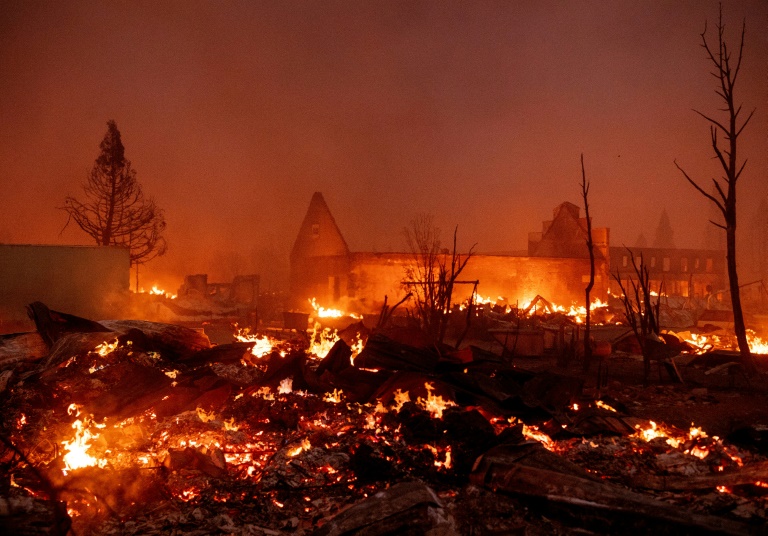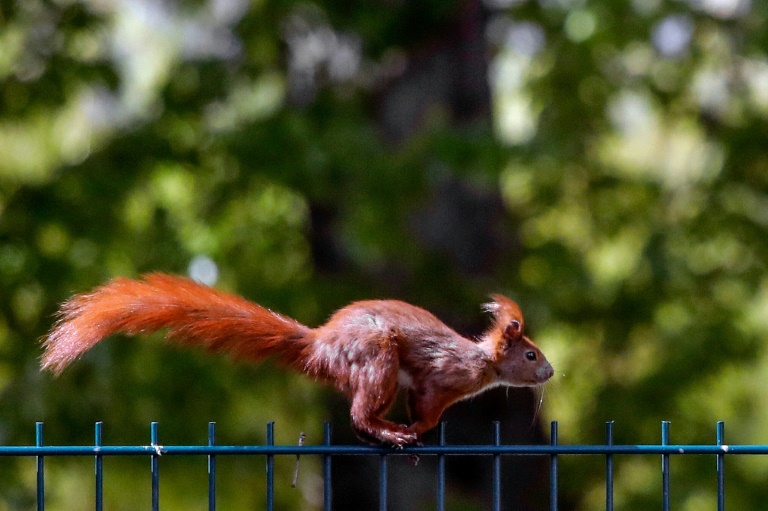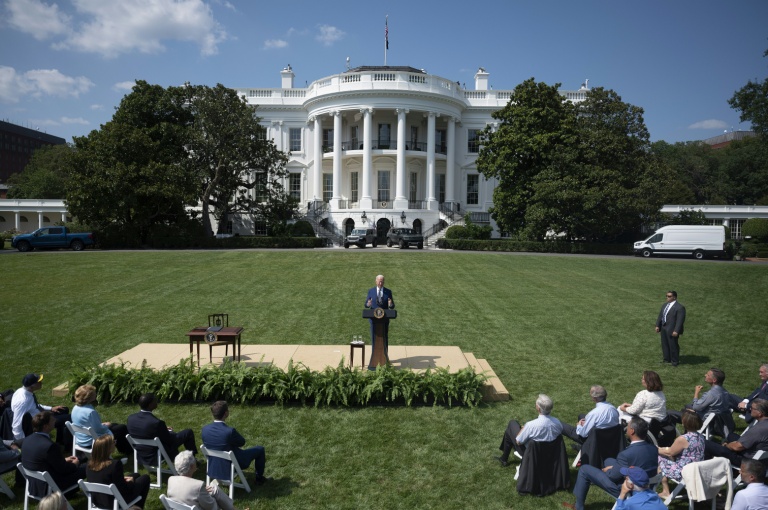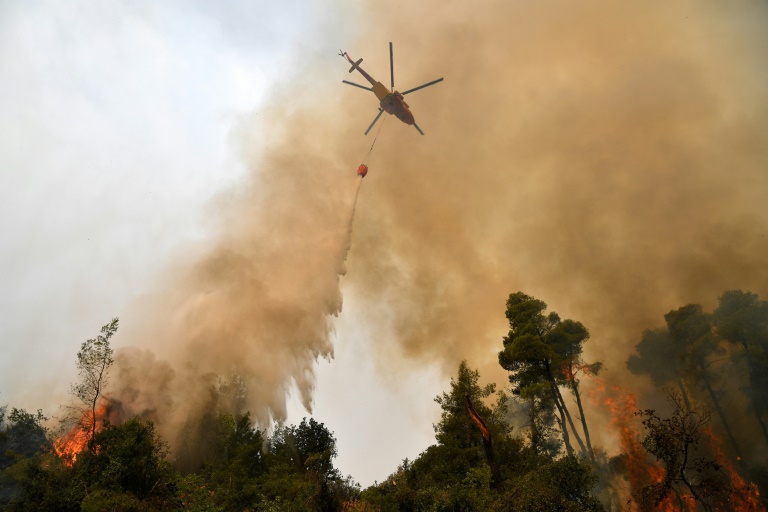Evacuation orders widened as California fire spreads
Evacuation orders were widened Thursday as California’s biggest wildfire raged through the state’s tinder-dry landscape, laying waste to hundreds of square miles (kilometers).
The Dixie Fire is already the sixth biggest in the state’s history, and was still spreading thanks to gusting winds and record-low humidity.
This week it all-but wiped out the historic mining town of Greenville, a settlement of a few hundred people dating back to the mid-1800s Gold Rush.
“I’d say the majority of downtown Greenville is completely destroyed,” tweeted wildfire photographer Stuart Palley, sharing images of the devastation.
“My heart is broken for this beautiful little town.”
The Dixie Fire — just one of a welter of blazes wracking the western United States — has been raging in the dry forests of northern California since mid-July, part of a global warming climate crisis that has brought sweltering heat and an alarming drought to the region.
It has now engulfed around 500 square miles (1,300 square kilometers). Almost a fifth of that area was added overnight Wednesday into Thursday.
The blaze is so big that it has been generating its own weather system.
“We did everything we could,” California fire department spokesman Mitch Matlow told reporters. “Sometimes it’s just not enough.”
Images taken by an AFP photographer in Greenville showed the fire’s heat had bent street lights to the ground, with only a few structures still standing.
A gas station, a hotel and a bar were destroyed, as well as many buildings that were more than a century old.
The fire swept through the town on Wednesday afternoon, where the impact was devastating, said Jake Cagle, incident management team operations section chief.
He said firefighters were struggling with those not obeying evacuation orders, leading to their having to divert time and resources to rescue people in the path of the flames, even as they tried to deal with an extraordinary blaze.
“We have firefighters who are getting guns pulled out on them, because people don’t want to evacuate,” he said Thursday.
“It was a very tough day for all of our resources — there’s stuff out there that we didn’t want to see,” said Cagle.
– ‘Explosively’ –
Almost 5,000 personnel are involved in the battle to tame the blaze.
But very low humidity and a parched landscape were offering ideal conditions for the fire to rage.
Control lines established by firefighters were breached overnight, with the fire growing “explosively” in places, according to incident commanders.
Authorities issued yet more evacuation orders on Thursday, telling residents of the towns of Taylorsville and Westwood that they needed to flee.
By late July, the number of acres burned in California was up more than 250 percent from 2020 — itself the worst year of wildfires in the state’s modern history.
The Dixie Fire has evoked painful memories of the Paradise Fire, the deadliest blaze in California’s recent history.
Faulty power lines sparked the inferno, which swept through the northern town of Paradise in 2018, killing 86 people. Pacific Gas and Electric, California’s largest energy utility firm, was deemed responsible.
PG&E equipment is again being blamed for the Dixie Fire, after a tree fell on a power conductor the day the blaze began.
The utility announced in late July it will bury 10,000 miles (16,000 kilometers) of power lines in a massive bid to prevent its equipment from igniting more deadly wildfires.
Greenville itself is no stranger to fire disasters. A catastrophic blaze destroyed much of the town in 1881, and several major infernos have threatened residents in the intervening 140 years.







